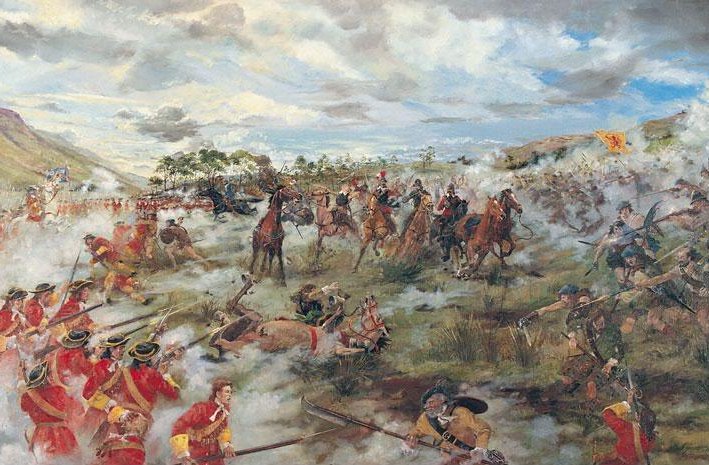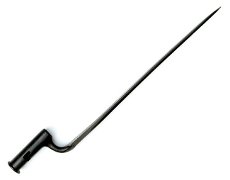General Hugh Mackay

General Hugh MacKay, after Sir Godfrey Kneller (c.1690)
NAM. 1961-06-9-1 © National Army Museum, London
Born in Scourie (Sutherland), the son of the local laird, Mackay joined the army in 1660. He served in France, Italy and was part of the French army which invaded the Netherlands in 1672. However, the following year he married a Dutch lady, became convinced he was fighting on the wrong side and joined a Scottish Regiment supporting the Dutch. He returned to England in 1685 to assist James VII to put down the rebellion by James Scott, the Duke of Monmouth (1649-85). However, when James next needed their help, Mackay and most of his officers felt they could no longer support their King and his policies, so remained in Holland. Mackay assisted William of Orange to take the British crown and became Commander-in-Chief of the army in Scotland in 1689. In the same year Mackay was roundly defeated by Graham of Claverhouse at Killiecrankie and Mackay's younger brother was killed in that engagement. However, Mackay went on to subdue the Highlands, establishing Fort William as a military base. After his experience at Killiecrankie, where his forces were unable to hold back the charging Highlanders, Mackay designed the ring-bayonet which allowed a rifle to be fired with the bayonet in place, saving valuable time in the heat of battle.
Mackay served with distinction in the bloody Battle of Aughrim in Ireland (1691). He then returned to the Continent, fighting the French in Flanders and was killed at the Battle of Steenkirk (1692). Sources suggest he was to have been rewarded for his successes by being created the Earl of Scourie, but this intention was frustrated by his opponents or perhaps his early death.
Born: 1640, Scourie
Died: 3 August 1692
Father: Hugh Mackay of Scourie
Children: Hugh, Margaret and Maria

The Battle of Killiecrankie, 1689 by Alan B Herriot KIL 004
© National Trust for Scotland
